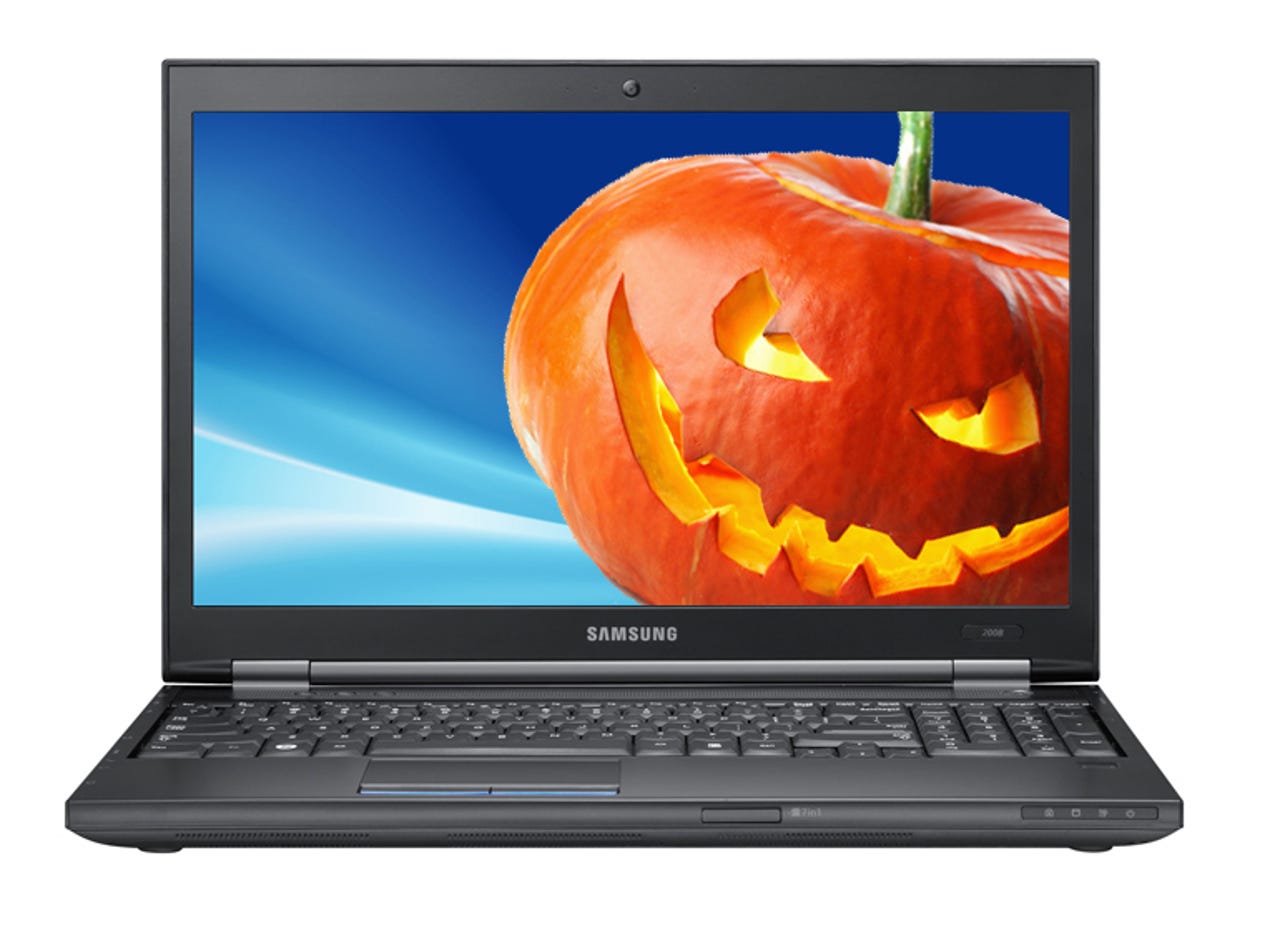Time is running out to buy a Windows 7 PC

This Halloween, you can decorate your front lawn with a casket containing a Windows 7 PC. While you're at it, throw in a PC running Windows 8.1, too.
On that date, Oct. 31, 2016, Microsoft officially declares Windows 7 and Windows 8.1 dead, at least as far as large OEM PC makers are concerned.
tech pro research
Beginning Nov. 1, Microsoft's largest partners, the so-called royalty OEMs like Dell and HP and Lenovo, will no longer be able to build and sell new PCs running any version of Windows except Windows 10.
That's actually a two-year extension on what would have been the normal sales lifecycle for PCs running those earlier Windows versions. But the clock is finally running out.
The end of the Windows 7/8.1 sales lifecycle doesn't mean that those older versions of Windows will be completely dead, of course. As I've explained in the past, the support and sales lifecycles are completely different. (See "What the Windows 7 Pro sales lifecycle changes mean to consumers and business buyers.")
Windows 7 will continue to receive security fixes via Windows Update until Jan. 14, 2020. Windows 8.1 will be supported until Jan. 10, 2023.
In addition, the fact that large OEMs will no longer be able to install older Windows versions on new PCs for sale through retail and commercial channels doesn't mean you're out of options. Here's a partial list of exceptions that will allow businesses and consumers to continue running their old, preferred Windows version:
- Existing inventory PCs that were built with older Windows versions before the deadline can still be sold. For months, at least, you'll be able to find those PCs on retail store shelves and in distributors' warehouses.
- Downgrade rights Any new PC you buy that has Windows 10 Pro preinstalled by the manufacturer comes with downgrade rights to Windows 8.1 Pro or Windows 7 Professional, for as long as Microsoft provides support for those earlier versions. You must supply your own installation media, and you have to activate manually.
- Custom images Corporate customers with volume licenses for Windows that include imaging rights can use custom images incorporating their preferred Windows version. For large customers, OEMs can assist in the installation of those images.
- System Builder OEMs White-box PC makers who purchase OEM System Builder media for installation on new PCs can continue to build and sell those PCs. Microsoft won't be stocking the channel with new OEM media, but past experience suggests there will be plenty of inventory for years to come.
- Retail upgrades If all else fails, do it yourself. Microsoft no longer manufactures retail copies of older Windows versions, but here too there's plenty of inventory in the channel and nothing to stop you from doing your own upgrade.
Of course, there are perils and pitfalls associated with running the increasingly aging Windows 7, especially on newer hardware. System manufacturers have no economic incentive to develop drivers and support tools for older Windows versions. Most downgrades will work, but some components might not work properly, or at all.
On new systems with Intel's Kaby Lake processors, versions of Windows before Windows 10 will not be supported at all. That doesn't prohibit you from trying to install Windows 7 on one of these new devices, but don't expect any support from the PC maker or from Microsoft when you inevitably run into problems.
